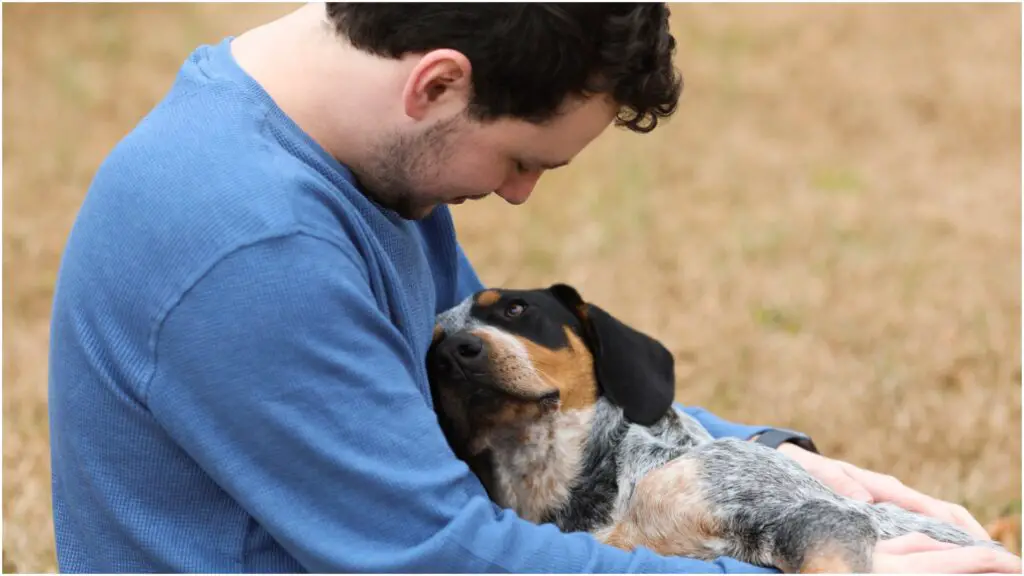Some people say that spaying will calm a female dog, but is this true?
Spaying is the removal of the ovaries and uterus in a female dog which has been shown to lower aggression in dogs. This sounds like a good idea, right?
Not so fast! There are definite pros and cons to spaying your pet, so it’s important that you weigh them all before making your final decision.
Spaying or not spaying is a pretty personal decision, so you’ll need to brainstorm to help make your decision easier. How do you feel about spaying? Think about why you want your dog to get spayed, and if not, even then ask why?
First things first, let me make it clear to you that spaying is not the answer to all dog problems. A lot of people make the mistake of thinking that spaying their female dog will end all their behavioral issues. That is so not true.
Before you decide what to do, it’s also a good idea to discuss what you are thinking with a veterinarian or qualified pet professional. There could be something going on with your pet that you aren’t aware of that may require medical attention instead of or before getting spayed.
There are many reasons why you may choose to have your dog spayed. Some people prefer it for behavioral reasons, and others do it to prevent overpopulation and health risks. However, a commonly asked question is whether or not spaying will calm your female dog down?
In this blog, we will answer that question by examining what happens after spaying surgery, the effects of spaying on behavior in female dogs, and some other considerations.










